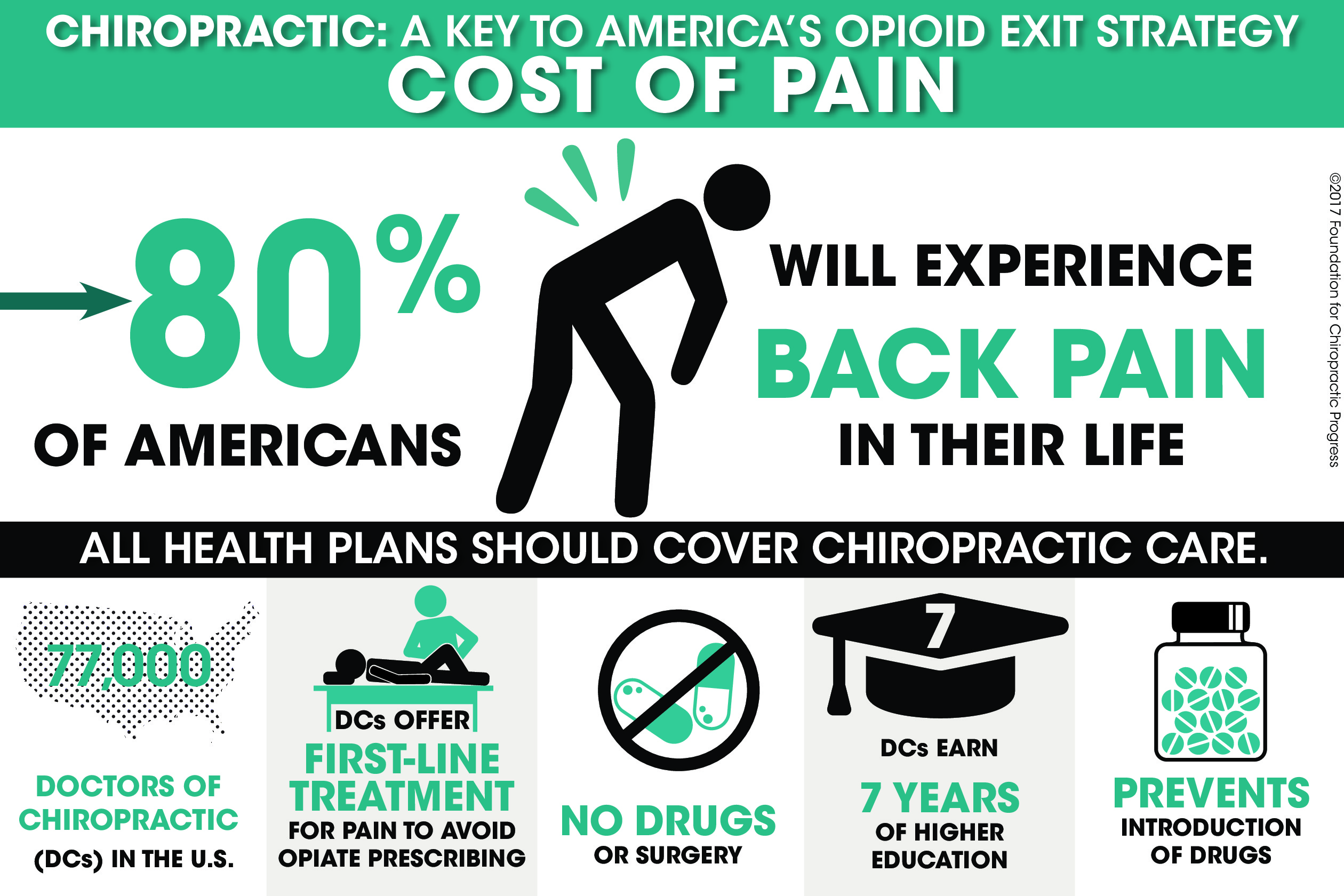The Scientific Research Behind Cold Laser Treatment: Recognizing Its Devices And Impacts
The Scientific Research Behind Cold Laser Treatment: Recognizing Its Devices And Impacts
Blog Article
Article Writer-Harbo Kornum
You may have become aware of cold laser treatment as an appealing treatment alternative for different problems, yet have you ever before asked yourself how it actually services a mobile level? Comprehending the mechanisms behind this treatment can clarify its effectiveness in promoting recovery and decreasing swelling. By discovering the science behind cold laser therapy, you'll gain insights into the fascinating ways in which light can influence cellular procedures and assist in cells repair.
How Cold Laser Therapy Works
To comprehend exactly how cold laser therapy functions, you need to understand the basic concepts of how light energy communicates with organic tissues. Cold laser treatment, additionally known as low-level laser therapy (LLLT), makes use of details wavelengths of light to pass through the skin and target hidden tissues. Unlike the intense lasers utilized in surgical procedures, cold lasers release reduced levels of light that do not generate heat or create damage to the tissues.
When these mild light waves get to the cells, they're soaked up by elements called chromophores, such as cytochrome c oxidase in mitochondria. This absorption sets off a series of biological feedbacks, including increased cellular power manufacturing and the release of nitric oxide, which improves blood flow and reduces swelling.
Moreover, the light energy can likewise promote the manufacturing of adenosine triphosphate (ATP), the energy money of cells, helping in cellular repair work and regrowth processes.
In essence, cold laser treatment utilizes the power of light power to promote recovery and alleviate pain in a non-invasive and gentle manner.
Devices of Action
Exactly how does cold laser therapy actually work to create its healing results on biological cells?
Cold laser therapy, also referred to as low-level laser therapy (LLLT), runs through a procedure known as photobiomodulation. When the cold laser is related to the skin, the light energy passes through the tissues and is taken in by chromophores within the cells.
laser pain therapy near me , such as cytochrome c oxidase in the mitochondria, are after that promoted by the light energy, bring about a waterfall of organic reactions. One essential system of activity is the enhancement of mobile metabolism.
The taken in light power raises ATP production in the mitochondria, which is crucial for mobile feature and repair service. Furthermore, cold laser therapy helps to minimize inflammation by preventing inflammatory moderators and advertising the release of anti-inflammatory cytokines.
This anti-inflammatory effect adds to discomfort alleviation and cells recovery.
Healing Impacts
Understanding the restorative results of cold laser treatment includes recognizing just how the boosted cellular metabolism and anti-inflammatory residential properties contribute to its favorable outcomes on organic tissues.
When the cold laser is applied to the affected area, it promotes the mitochondria within the cells, leading to raised production of adenosine triphosphate (ATP), which is vital for mobile function and repair work. link web site in mobile power increases the healing procedure by advertising tissue regrowth and reducing inflammation.
Furthermore, the anti-inflammatory buildings of cold laser therapy aid to reduce discomfort and swelling in the targeted location. By hindering iv therapy stamford ct and promoting the release of anti-inflammatory cytokines, cold laser therapy aids in alleviating pain and enhancing the general recovery feedback.
This decrease in swelling not only offers immediate alleviation yet also sustains long-term tissue repair work.
Conclusion
Finally, cold laser therapy functions by promoting cellular repair work and tissue regeneration through photobiomodulation. Its anti-inflammatory residential properties give pain alleviation and decrease swelling by hindering inflammatory arbitrators.
This therapy provides a comprehensive strategy to recovery, delivering both immediate alleviation and long-lasting cells repair service benefits.
Via its systems of action, cold laser therapy shows to be a reliable and encouraging treatment option for a selection of conditions.
